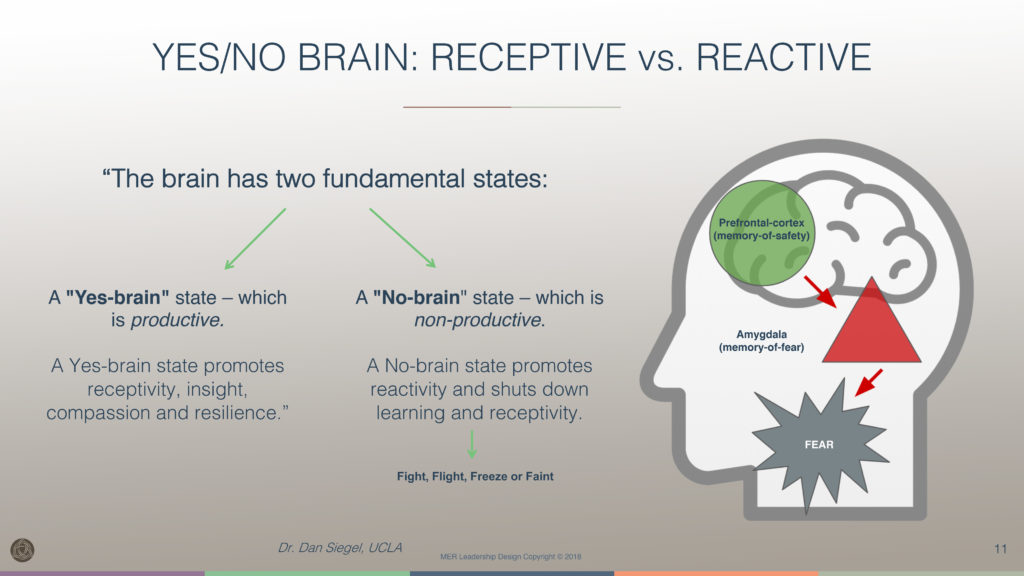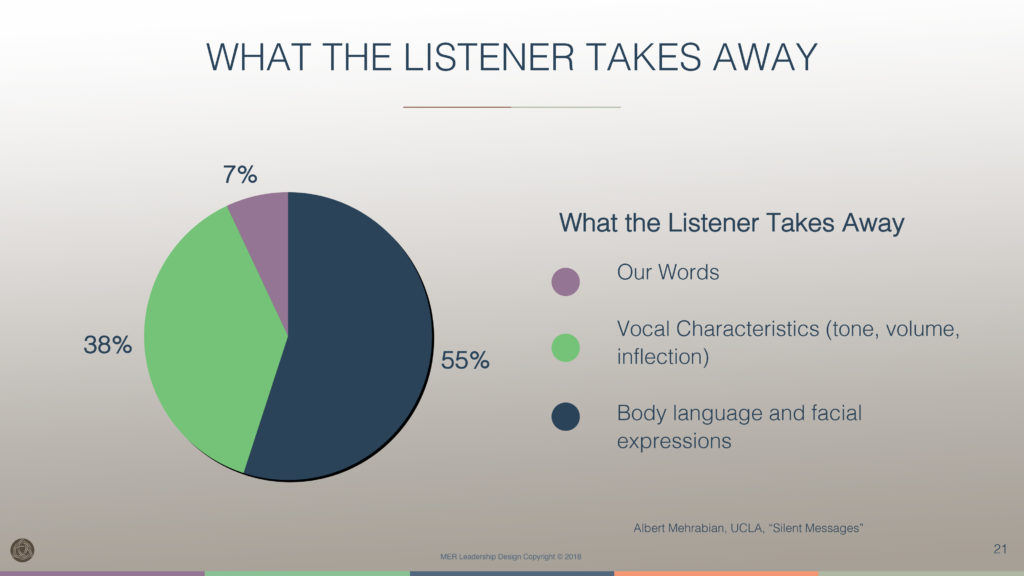Originally published at AW360 by Alan Nay.
Brands should be asking what we as a company can do to help?
The relationship between brands and consumers has grown increasingly personal over recent years. Through social media, experiential activations, festivals and more, it’s gotten easier for brands (who know themselves well) to create deeper connections with people by attaching a voice, personality and cause to their brand. In the good times, it’s all fun and games: memes, Twitter wars and tongue-in-cheek campaigns play a huge role in developing a rapport with consumers. But with the global spread of COVID-19, we now find ourselves in challenging times. If prosperity makes friends, and adversity tries them, then this global pandemic has created an unparalleled stress test for the modern brand/consumer relationship.
The difference between brands who are building solid, long-lasting relationships and those who are struggling to keep up is the ability to walk the walk and instill trust. For consumers, and humans in general, trust is incredibly precious–especially when things get tough and the path forward is shadowed in uncertainty. With a global pandemic in full swing, there’s no doubt the going is getting tougher and the path forward harder to see. This means the relationships that brands have devoted so much time and resources to building are now more important than ever.
In the short months since COVID-19 entered our vocabulary, the virus isn’t the only thing that’s spread far and wide–uncertainty and anxiety have made their way into our homes and our daily lives. Conditions on the ground are changing hour-by-hour, cities and states are shutting down and panic and pessimism are at an all-time high. Sprinkle some rumors and misinformation on top of that, and we have a panicky global mess on our hands. It’s in these times of duress that consumers look to brands they love for a little help and maybe even some guidance. That’s part of the reason that we’re seeing an uptick in video consumption, ecommerce orders and yes, of course, trips to the store to stock up on toilet paper.
So, what do brands do when they’re seeing their customers flock to them in order to feel better in times of turbulence? How do you pass the stress test?
In Seattle, where the virus outbreak got its head start in the states, we are seeing brands quickly step up with a sense of responsibility to their employees, vendors, and customers. For instance, Alaska Airlines is offering free ticket exchanges, Amazon has set up a $5 million fund to help vendors whose businesses are disrupted by employees working from home and Microsoft is continuing to pay hourly workers who are affected by the company-wide shutdown.
This, of course, is not a new idea and is certainly not the first time that brands have stepped up beyond their direct corporate interests in times of need. For example, in 1992, when Hurricane Andrew devastated South Florida, Home Depot reimagined their retail stores as headquarters to assist citizens, first responders and relief organizations. It was a swift action that was entirely motivated by the urge to help people, and Home Depot has been at the front lines of natural disaster defense and rebuilding efforts ever since.
There’s a simple common thread among these examples; executive leadership taking the time to ask, “What can we, as a company, do to help?” Then, acting with sincerity to make a bad situation a little bit better. For brands, this means taking action within your means to help communities as though every person is your most treasured customer.
However, it’s not enough for brands to merely think of their own employees, vendors, or customers. This is a chance for brands to embody their values through action, to be a positive influence in their community and to continue to build trusted relationships. The more brands that participate in these small, tangible acts of assistance, the larger the collective impact.
Unfortunately, the current COVID-19 crisis is happening on a scale that we haven’t seen in generations. It’s like five hurricanes, three oil spills and a giant financial meltdown all rolled up into one big global disaster. But the virus is only fueling one part of our fear. The other–maybe larger part–is the uncertainty of what’s ahead. This is where the strength of the brand/consumer relationship is being tested because dealing with the unknown is much easier when we’re not having to go through it all alone.
Brands have a responsibility to stand up and take action. Whether it’s a program to help affected people in your community, a donation to well-researched and relevant causes or an internal policy to protect your employees, brands need to demonstrate that they’re there in the good times and the bad. People are watching and waiting to see who is joining the cause to help make things at least a little bit better and keeping note of those who aren’t. When this is all over, the brands who acted responsibly and did the right thing during this turbulent time will reap the rewards of having earned strong, trusted relationships with their customers.
And at the end of the day, relationships are our lifeblood. These moments build the bonds that we end up valuing most, and the strongest, longest-lasting relationships are those that weather storms without faltering.
So, with the unprecedented times of adversity in front of us, are we alone or together?


